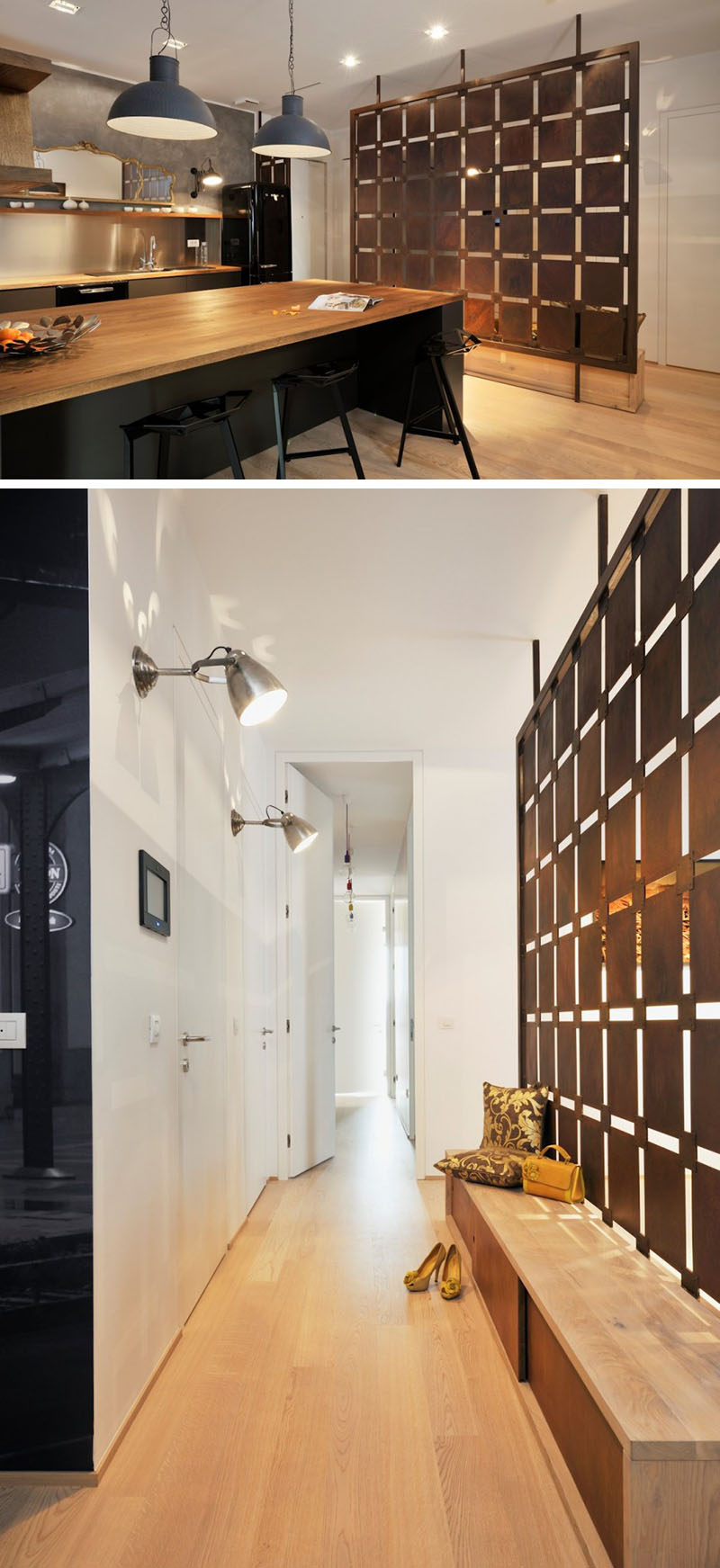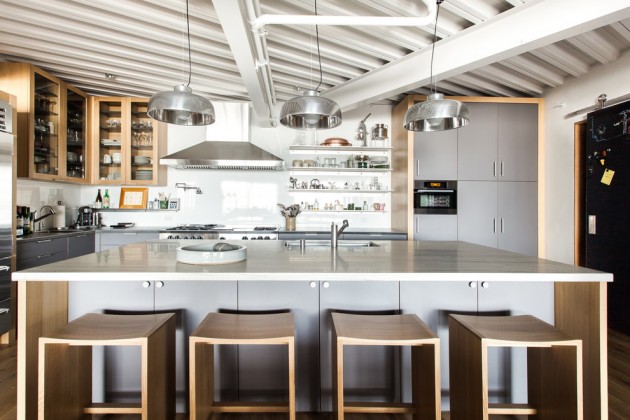I originally had money in my bid to buy the Hema Chain Mortiser/Slot Cutter or Mafell Chain Mortiser/Slot Cutter for this timber framed, steel plate framed, barn in Portola Valley California. However, I had to lower may bid to get the job and I still needed a way of cutting the hidden 52 -- 3/8' x 8' deep steel knife plate slots in the timbers. I designed a slotter/mortise jig that I called the California Knife Plate Slotter - Mortiser for the 6x6 post and another jig that I called the Okie Knife Plate Slotter - Mortiser for the 5 1/2' x 9' GluLam Beams.
The mortise is this hole in which the tenon is inserted, and often glued or pinned, that go together to make the woodworking joint. There are many, many ways of making mortises from dedicated mortising machines, to using a drill press, cutting them by hand with a mallet and chisel, using a router and more. Drill a hole through your lumber in one corner of your slot. If possible, use a drill bit that matches the width of your slot. Jackpot cash casino newest no deposit bonus codes 2019 list. For wide slots, you may want to start with a narrower bit and work your way up to avoid splitting the wood. Drill a second hole in the opposite corner of your slot. Use the same drill bits you did for the first hole. Aviation slot time definition dictionary.

- Perfect slots Drilling end holes and sawing out the waste between them is one way to form a slot. But success depends on your unwavering ability to follow the straight cutlines connecting the end holes with a scrollsaw or jigsaw.
- Adjust the slot's width by raising or lowering the cutter until the plywood fits perfectly. Then make a second pass on all the stiles and rails. Photo 7: Glue splines into the rails' ends. Apply a bead of glue to the panel slots, too, but only on the slot's back edge, so glue won't leak out the front. Photo 8: Clamp the door.
- Picture with the 4 3/4' tall piece of wood that we used to align the top of the chain with the box. This allowed us to make a slot in the timber that was close to perpendicular with the end of the 6x6 timber. We would slot the 6' x 6' post with the chainsaw and then flip the post over to even out the slot in the post.

How To Make A Wood Slot Car Track
Steel Knife Plates
Kerf Plates

Steel Plate Framing
The chainsaw bar is attached to the jig with 3 -- 2 1/2' SDS screws thru the 1 3/4' x 2 9/16' piece of poplar wood. Then the 1 3/4' x 2 9/16' poplar wood is attached to the sliding box, 5 1/2' x 5 1/2', with about 6 -- 2 1/2' torque head screws. The 5 1/2' x 5 1/2' box was built with 1 1/8' thick poplar and assembled with the 2 1/2' torque head screws.
Picture with the 4 3/4' tall piece of wood that we used to align the top of the chain with the box. This allowed us to make a slot in the timber that was close to perpendicular with the end of the 6x6 timber. We would slot the 6' x 6' post with the chainsaw and then flip the post over to even out the slot in the post.
We used a 7/16' bell reamer drill bit to clean up the sides and bottom of the 8' deep slot. The 16' long steel knife plate are not perfectly flat-straight. Some of the knife plates have a 1/16' bend in the plate from the laser cut heat. So most of the slots we made were tapered from 1/2' to 7/16' to make the 3/8' steel knife plates fit correctly. We use shims in the slots on some of the knife plates, there weren't a tight fit.
The California Knife Plate Slotter - Mortiser has a depth gauge block in the jig. The knife plates are 16' long with 8' of the knife plate attached to each of the timbers. We set the depth block for an 8 1/4' deep slot. The ends of the steel knife plates should not touch the timber. We used the same depth gauge block for the 5 1/2' x 9' GluLam beams.
Not a precision slotter, but it's better than free handing the 3/8'x 4'x 8' knife plate slots and it has a depth gauge block so we don't cut the slots too deep. This picture of the Okie Knife Plate Slotter - Mortiser is for the 5' deep slot we had to make in the sides of the 6x6 post and for the 5' deep slots we had to make in the ends of the GluLam beams.
Erik slides the chainsaw into the router slot and I press down on the Okie knife Plate Slotter jig to keep the chainsaw cut parallel with the sides of the GluLam beams.

To slot the 5 1/2' x 9' Rosboro X-Beam, we used a router jig with a 1/2' straight flute bit. For slots on the ends of the GluLam beams we slotted the beams 4' deep with a 5 1/2' straight flute router bit, an 1' at a time on the depth so we didn't break the router bit. Most of the knife plates are 4' wide. Some were 6' wide on top of the steel columns and 7 1/2' wide on the sides of the columns where the end of the GluLam beams attached. We routed out a 4 1/4' wide slot for the 4' wide knife plates, since the knife plates have a square edge.
How To Make A T Slot In Wood
We drilled a couple of holes at each side of the slot with an 7/16' drill bit attached to our ProTool drill guide. To remove the wood the chainsaw didn't-couldn't remove. We would have had the same problem with the Hema or Mafell Chain Slotter with the radius nose on the slotter.
How To Make A Slot In Wood With Skill Saw

- Perfect slots Drilling end holes and sawing out the waste between them is one way to form a slot. But success depends on your unwavering ability to follow the straight cutlines connecting the end holes with a scrollsaw or jigsaw.
- Adjust the slot's width by raising or lowering the cutter until the plywood fits perfectly. Then make a second pass on all the stiles and rails. Photo 7: Glue splines into the rails' ends. Apply a bead of glue to the panel slots, too, but only on the slot's back edge, so glue won't leak out the front. Photo 8: Clamp the door.
- Picture with the 4 3/4' tall piece of wood that we used to align the top of the chain with the box. This allowed us to make a slot in the timber that was close to perpendicular with the end of the 6x6 timber. We would slot the 6' x 6' post with the chainsaw and then flip the post over to even out the slot in the post.
This is the first time I've assembled a roof structure without using any nails. Not even a nail to tack the exposed post or beams together. I had more problems with the bolt hole layout than making the knife plate slots.
How To Make A Wood Slot Car Track
Steel Knife Plates
Kerf Plates
Flitch Plates
Steel Plate Framing
The chainsaw bar is attached to the jig with 3 -- 2 1/2' SDS screws thru the 1 3/4' x 2 9/16' piece of poplar wood. Then the 1 3/4' x 2 9/16' poplar wood is attached to the sliding box, 5 1/2' x 5 1/2', with about 6 -- 2 1/2' torque head screws. The 5 1/2' x 5 1/2' box was built with 1 1/8' thick poplar and assembled with the 2 1/2' torque head screws.
Picture with the 4 3/4' tall piece of wood that we used to align the top of the chain with the box. This allowed us to make a slot in the timber that was close to perpendicular with the end of the 6x6 timber. We would slot the 6' x 6' post with the chainsaw and then flip the post over to even out the slot in the post.
We used a 7/16' bell reamer drill bit to clean up the sides and bottom of the 8' deep slot. The 16' long steel knife plate are not perfectly flat-straight. Some of the knife plates have a 1/16' bend in the plate from the laser cut heat. So most of the slots we made were tapered from 1/2' to 7/16' to make the 3/8' steel knife plates fit correctly. We use shims in the slots on some of the knife plates, there weren't a tight fit.
The California Knife Plate Slotter - Mortiser has a depth gauge block in the jig. The knife plates are 16' long with 8' of the knife plate attached to each of the timbers. We set the depth block for an 8 1/4' deep slot. The ends of the steel knife plates should not touch the timber. We used the same depth gauge block for the 5 1/2' x 9' GluLam beams.
Not a precision slotter, but it's better than free handing the 3/8'x 4'x 8' knife plate slots and it has a depth gauge block so we don't cut the slots too deep. This picture of the Okie Knife Plate Slotter - Mortiser is for the 5' deep slot we had to make in the sides of the 6x6 post and for the 5' deep slots we had to make in the ends of the GluLam beams.
Erik slides the chainsaw into the router slot and I press down on the Okie knife Plate Slotter jig to keep the chainsaw cut parallel with the sides of the GluLam beams.
The depth gauge block is also used to keep the jig perpendicular to the cut.
To slot the 5 1/2' x 9' Rosboro X-Beam, we used a router jig with a 1/2' straight flute bit. For slots on the ends of the GluLam beams we slotted the beams 4' deep with a 5 1/2' straight flute router bit, an 1' at a time on the depth so we didn't break the router bit. Most of the knife plates are 4' wide. Some were 6' wide on top of the steel columns and 7 1/2' wide on the sides of the columns where the end of the GluLam beams attached. We routed out a 4 1/4' wide slot for the 4' wide knife plates, since the knife plates have a square edge.
How To Make A T Slot In Wood
We drilled a couple of holes at each side of the slot with an 7/16' drill bit attached to our ProTool drill guide. To remove the wood the chainsaw didn't-couldn't remove. We would have had the same problem with the Hema or Mafell Chain Slotter with the radius nose on the slotter.